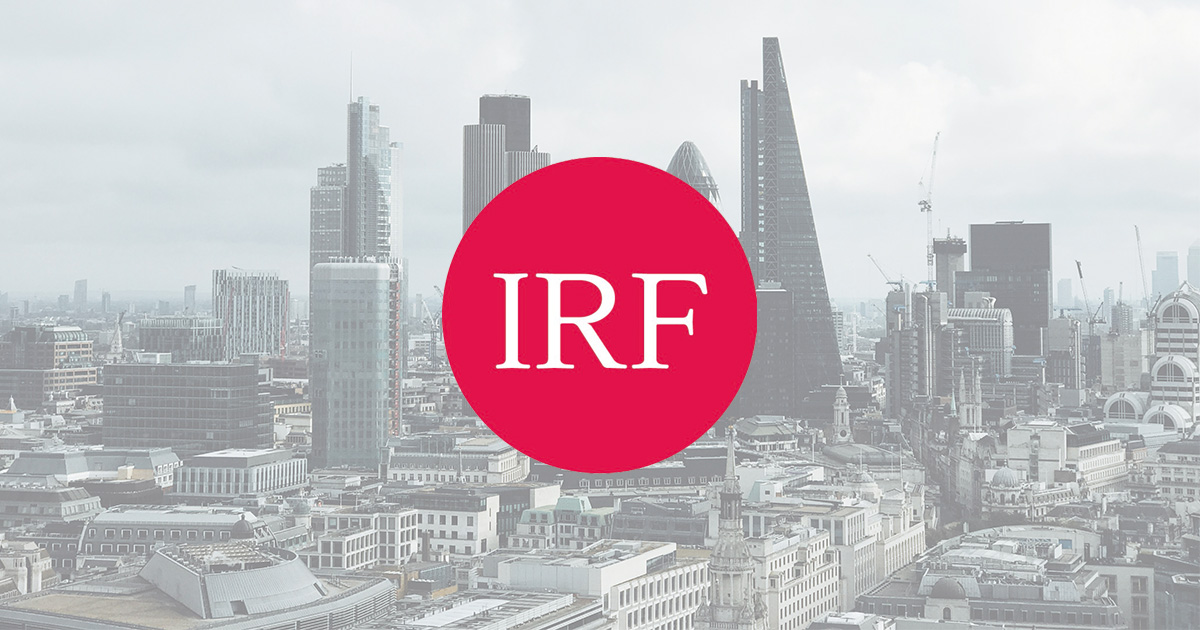Cold Lazarus
Independent Strategy
Wed 25 Nov 2020 - 01:00
Summary
David stated that we have revived the economy from something close to death and spoke to how this was achieved and what the likely long term consequences will be. He pointed out that the shape of the post Covid economy, where wages are on the surface recovering, is not in fact a return to normal as the composition of the recovery is skewed to skilled labour. Inequality has increased and populism is not going away. Non-financial sector debt rose from 100% to 160% of GDP and government debt rose by 40% of GDP creating more zombie companies that are not covering the cost of their debt. In 2017 around 12% of quoted companies in the 14 largest economies were categorised as zombie. This figure is now 30% to 40%, which depresses productivity and growth and reduces efficiency in general, including the allocation of labour on the supply side of the economy, and for many years as the record shows only around 20% escape from being zombie companies during their remaining life span. Turning to Asian EM, David observed that current account balances did well as domestic demand fell quickly. Savings rose and investment fell creating a savings surplus and exports did better than imports, boosting the current account. Loose monetary policy in developed economies benefitted EM as it led to a quick resumption of capital flows into the region. Looking forward EM countries have a much better fiscal balance than developed markets as DM governments supported households both directly and indirectly. EM has more room for manoeuvre and is well positioned to benefit from either any revival in the domestic economy, because taxes will not need to be raised to cover excess expenditure, or in world trade. David terms the current situation as vaccines tomorrow, Covid today. The epidemic is still expanding and will herald a tough winter for economic activity with the risk of harsher lockdowns. That said, David sees a path to herd immunity by the second half of next year through distribution of a number of vaccines. However, there is a danger the vaccines are overhyped and they only provide very short term protection and or side effects due to being developed in haste. In addition, herd immunity is dependent on enough people taking the vaccine. Not a problem in poorer countries but in richer countries significant numbers of people will not take the vaccine. In the US David’s expectation is for Biden to take the democrats back towards the centre, reassert global alliances and try but fail to reset the relationship with China. David does not expect increasing fiscal extremes as the Democrats will not have control the Senate. Whilst volatility will be governed by the epidemic the likelihood of reaching herd immunity next year removes a huge downward pressure where equities are the greatest beneficiary. David expects the beginning of a normalisation of monetary and fiscal policy at the end of next year. By then inflation will be back driven by deglobalisation and big government. Fixed income suffers. The North Asian economies and currencies will do best as they are the least indebted and are set to benefit from a revival in international trade post epidemic. International commodities do well out of this synchronized economic recovery. Gold and crypto currencies will provide a shield against monetary vilification where central banks and fiscal authorities are really the front and back door of the same building - fiscal authorities issue the debt, central banks buy it and print money.\n\n"
Topics
Examination of the twisted economic landscape that Covid leaves behind.
Can President Biden heal the fragmented US political scene and reshape US economic and foreign policy
How the global economy will take shape over the course of 2021 with the recent promising Covid vaccine
Explanation of the winners and losers of this crisis in regards to where and why
What are the investment implications of the post-Covid reality and the optimal asset allocation position?
